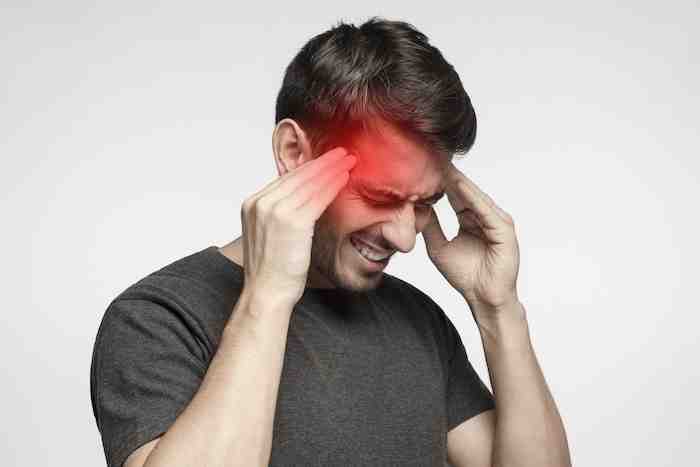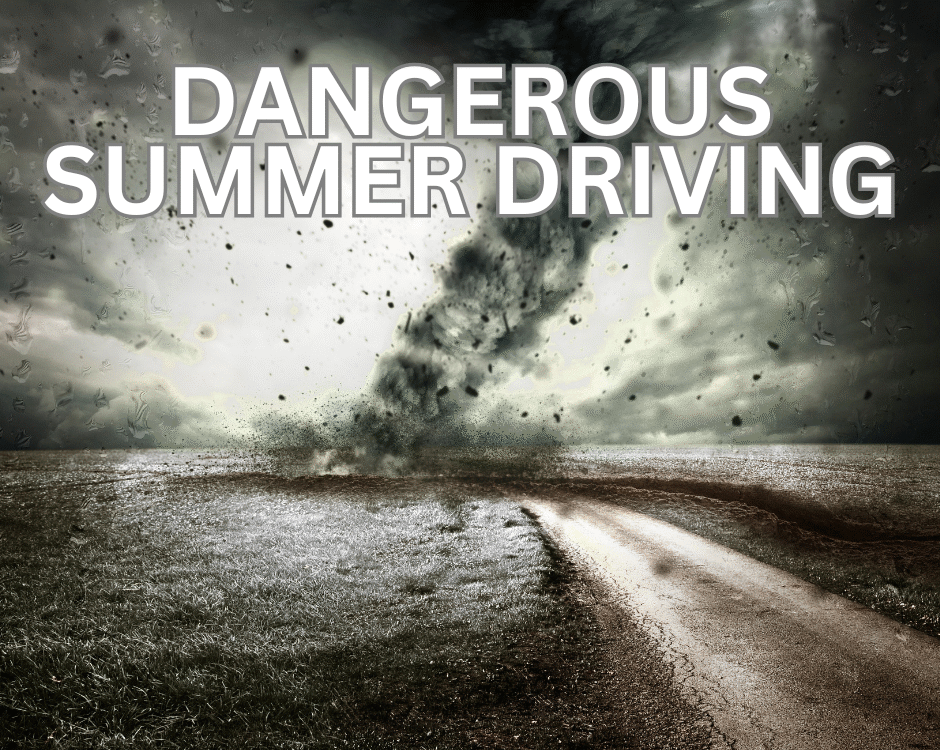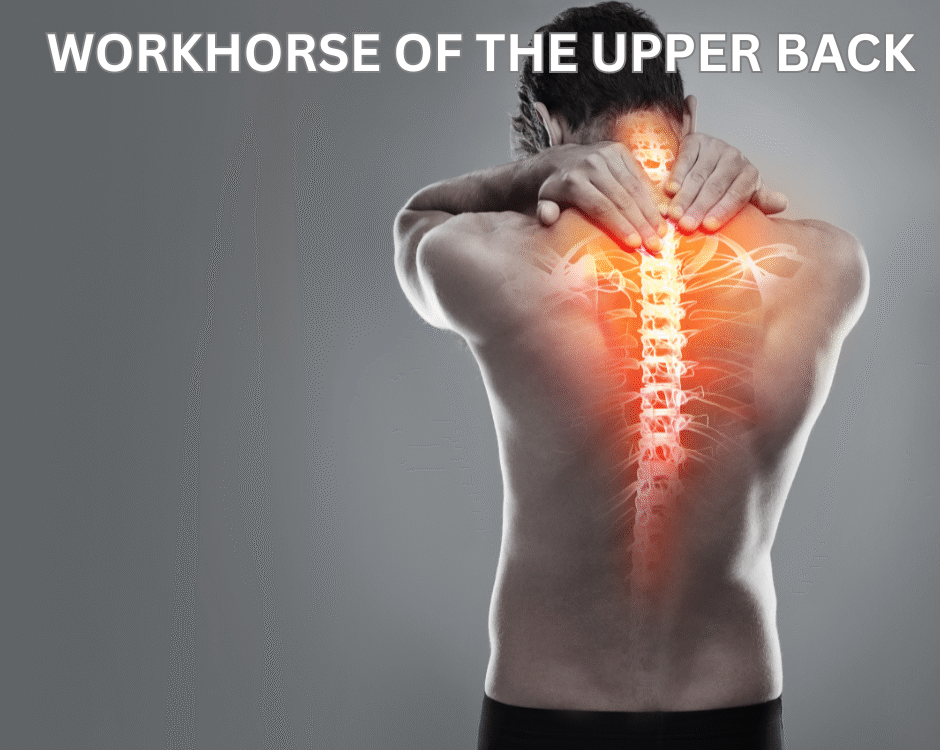Tips to Alleviate A Pain in The Neck

A Pain in The Neck- Cervicogenic Headaches
September 21, 2022
Trick or Treating in the 21st Century
September 26, 2022A cervicogenic headache is a syndrome characterized by dull aches located at the back and/or sides of the head. Frequently it is described as a band or vice-like sensation compressing around the scalp. The cervicogenic headache is often produced by neck injuries, accidents, poor work ergonomics, spinal fixation/subluxation, postural strain, repetitive neck or shoulder movements, forward head posture, myofascial trigger points, and temporomandibular joint syndrome/dysfunction (TMJD). Suboccipital Stretch
Here are some standard stretches and home care recommendations. However, it’s important to seek medical attention before initiating any stretches or home exercise routine especially if you experience any of the following with a headache: double vision, vertigo, lightheadedness, drop attacks, slurred speech, difficulty swallowing, difficulty walking because of balance or a loss of coordination, nausea, numbness especially in the face, or uncontrollable eye movements.
- Start by placing the thumbs at the base of the skull and upper neck with the fingers towards the top of the head.
- The start position is a retracted neck position done by pulling the chin inwards to create a double chin.
- Once in this position and using the thumbs to assist upwards, slowly and gently nod downwards.
- Try to increase the range of motion with each pass, however the total range should be relatively short.
- Aim for 10-15 reps.
Note: this movement should be the skull stretching on the neck, not just neck flexion. The stretch should be felt at just the top of the neck and base of the skull, not the entire neck.
Levator Scapulae Stretch
- Sit tall on the edge of a chair with your feet flat on the ground.
- Reach your left hand under the chair and grab it to stabilize and depress the left shoulder.
- Rotate your chin towards the right armpit.
- Reach your right arm overhead and place it on top of the head to assist in the stretch towards the armpit and hold for 15 seconds.
- Reset to the center and switch sides. Repeat each side 3-4 times.
Self-Release Trigger Point Therapy
- Use your hand and fingers to find the most tension in the upper trapezius or levator scapulae muscle. Once you’ve found a trigger point use a trigger point massage ball, myofascial release ball or tennis ball to pinpoint the knot further.
- Place the ball on the trigger point and lean against the wall to roll the ball from side to side and up to down.
- When you feel a tender spot, pause, and lean into the trigger point.
- Hold anywhere from 15 to 60 seconds.
- Alternate from a dynamic role to a static hold until you feel relief in the area.
- Work on one side at a time for a total of 2 to 5 minutes per side.
—
This article was written by Dr. Deryk Harting one of the members of Chambers Medical Group’s team of car accident chiropractors who offer a variety of treatments and therapies ranging from diagnostic testing to various soft tissue therapies for car accidents and injuries in Kentucky.
If you or somebody you know has been in a car accident, be sure that you seek medical attention from a car accident doctor or car accident chiropractor to treat your injuries. Visit Chambers Medical Group to receive world-class medical treatment for your injuries.
Chambers Medical Group has car accident medical clinics in the following locations:
- Car Accident Medical Clinic in Tampa
- Car Accident Medical Clinic in Plant City
- Car Accident Medical Clinic in Brandon
- Car Accident Medical Clinic in Lakeland
- Car Accident Medical Clinic in Sarasota
- Car Accident Medical Clinic in Louisville
- Car Accident Medical Clinic in Lexington
- Car Accident Medical Clinic in Florence




